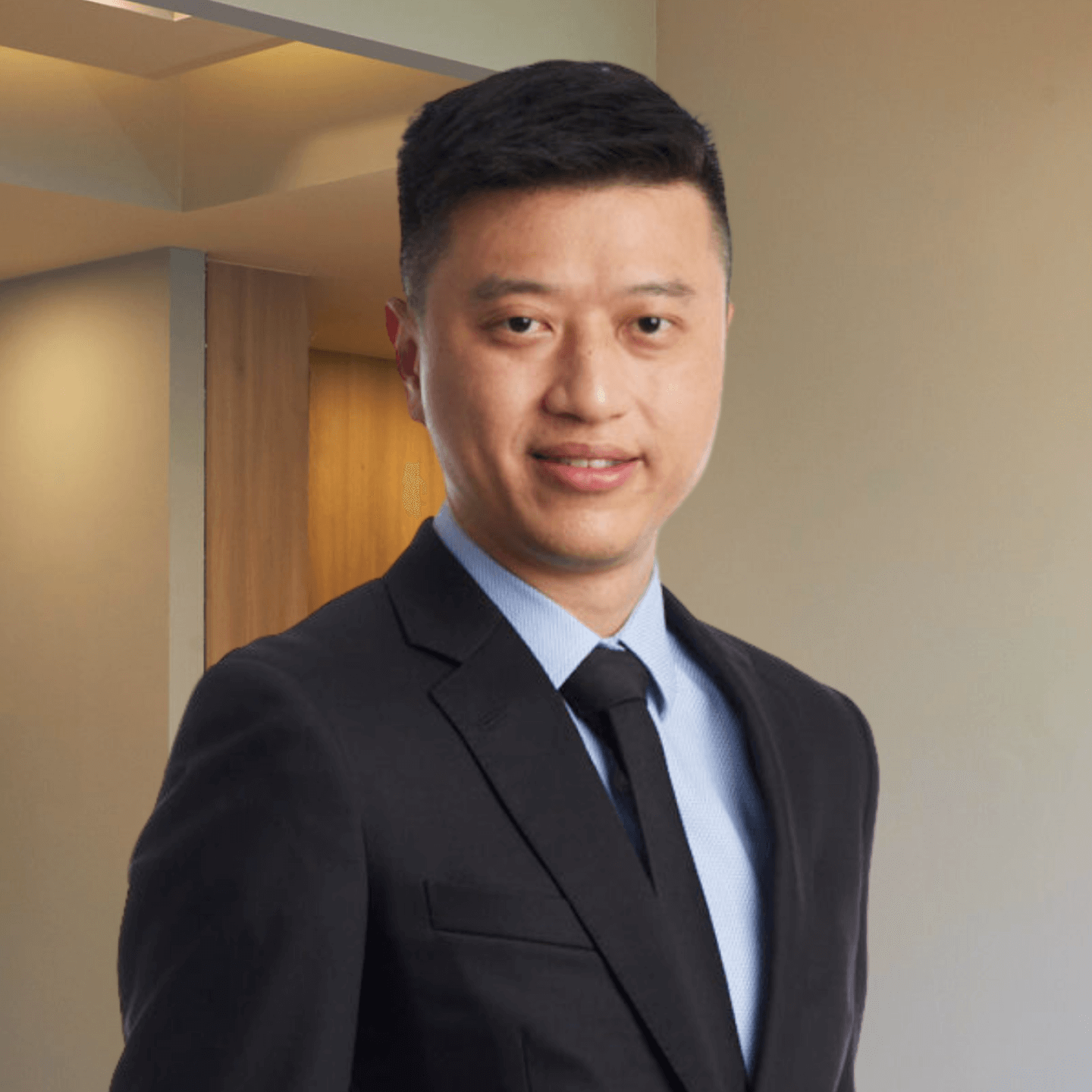Who’s Eligible for Ptosis Surgery?
Ptosis surgery is a popular procedure to correct droopy eyelids, restoring functionality and appearance.
Here are some types of ptosis that can be treated with surgery:
- Congenital ptosis. Individuals born with droopy eyelids due to weak levator muscles or underdeveloped eyelid structures.
- Acquired ptosis. Acquired ptosis is caused by ageing, injury, or certain medical conditions, impacting the muscles or nerves controlling the eyelids.
- Neurogenic ptosis. This condition results from nerve-related issues, such as stroke, brain tumour, or nerve palsy, leading to eyelid drooping.
- Myogenic ptosis. This arises from muscle disorders like myasthenia gravis or muscular dystrophy, affecting the levator muscles’ strength and function.
- Aponeurotic ptosis. Aponeurotic ptosis occurs due to stretching or disinsertion of the levator aponeurosis, commonly seen in older individuals or after eye surgeries.
- Functional concerns. Those experiencing impaired vision, eye strain, or difficulty keeping the eyes open due to droopy eyelids.


